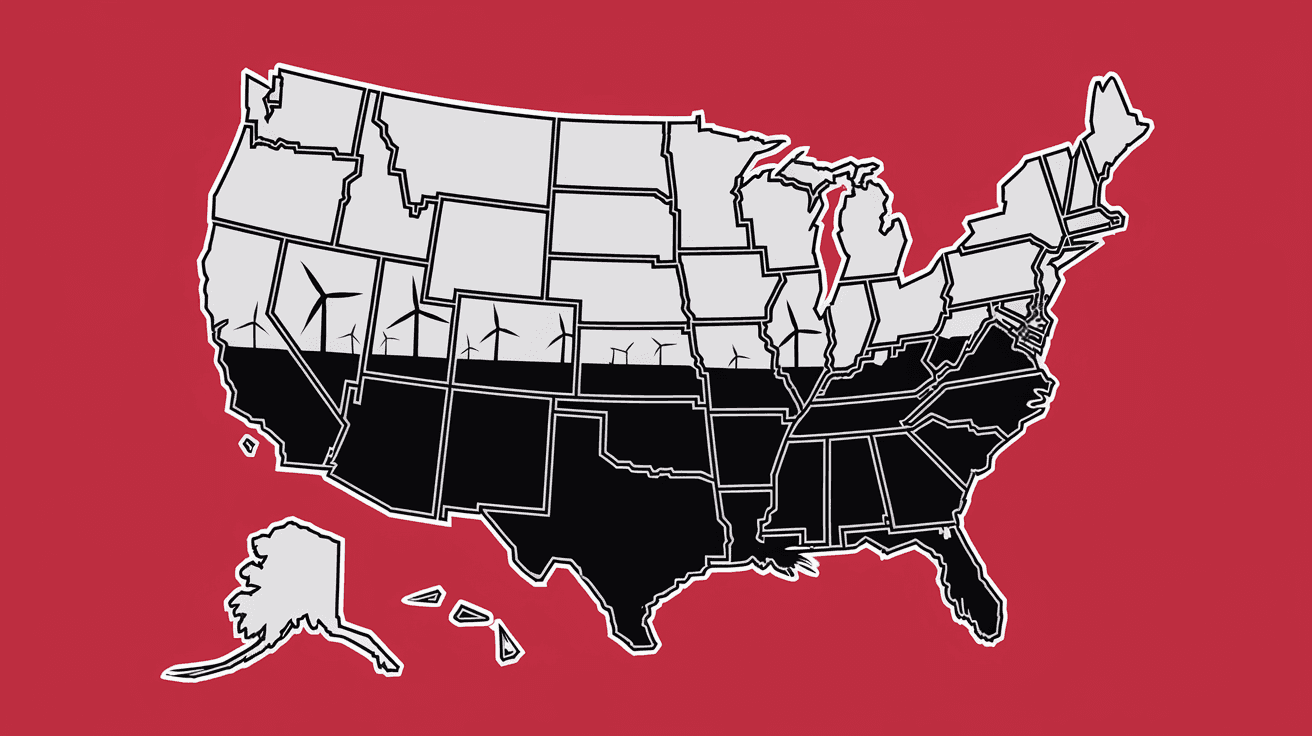Renewables Drive U.S. Power Growth
Solar and wind lead the charge as renewables reshape U.S. energy production, despite fossil fuel dominance.
Energy Innovation & Infrastructure
·
3 min
Renewable energy isn’t just a trend—it’s becoming the backbone of U.S. power generation. According to the U.S. Energy Information Administration (EIA) , solar and wind are set to dominate capacity additions over the next two years, with solar alone adding 26 GW in 2025 and 22 GW in 2026.
But here’s the unfiltered truth: while renewables are surging, the transition isn’t happening without growing pains. Natural gas still reigns supreme, and coal isn’t going quietly. So, what’s really driving this shift—and what’s holding it back?
Solar Shines, Wind Picks Up Speed
Solar is stealing the spotlight, with last year’s record 37 GW of added capacity nearly doubling the previous year’s total. This isn’t just about rooftops—utility-scale projects are leading the charge. Meanwhile, wind energy is playing catch-up, with forecasts showing modest growth: 8 GW in 2025 and 9 GW in 2026 , slightly up from 7 GW in 2024.
Why the focus on renewables? It’s simple math. Clean energy is becoming cheaper and more efficient, making it an attractive alternative to fossil fuels. But here’s the catch: building new infrastructure takes time, and policy shifts can either accelerate or derail progress.
The Fossil Fuel Elephant in the Room
Despite renewables’ rise, natural gas remains the largest source of U.S. electricity, accounting for 42% of the mix in 2024. However, its dominance is starting to wane. The EIA predicts natural gas generation will drop by 3% in 2025 and another 1% in 2026.
Coal, on the other hand, is on life support. Retirements are accelerating, with 11 GW of capacity expected to go offline in 2025 and another 4 GW in 2026. While this marks a significant decline, coal still lingers, generating around 640 billion kWh annually —a stubborn reminder of its historical role.
A Neutral Take: Progress vs. Reality
Here’s where things get tricky. Renewables are undeniably growing, but they’re not yet ready to fully replace fossil fuels. For example, while solar and wind accounted for 945 billion kWh in 2024—a 9% increase from 2023—they still trail behind natural gas.
Nuclear energy offers some stability, with generation expected to grow slightly to 800 billion kWh by 2026. But let’s be honest: nuclear isn’t the flashy solution everyone talks about. It’s steady, reliable, and often overlooked in the renewables vs. fossil fuels debate.
The Bigger Picture: What’s Next?
The EIA forecasts U.S. electric power generation will grow by 2% in 2025 and 1% in 2026 , driven largely by renewables. But here’s the unfiltered reality: this growth depends on consistent policy support and investment. Without it, projects could stall, leaving the U.S. reliant on fossil fuels longer than necessary.
So, while headlines celebrate solar and wind milestones, the real story lies in the tension between innovation and inertia. Renewables are poised to lead—but only if we clear the roadblocks standing in their way.
Sources & Fact-Check
EIA Forecasts : Solar and wind capacity additions driving U.S. power growth, with solar adding 26 GW in 2025 and wind increasing modestly
Natural Gas Decline : Predicted drops in natural gas generation by 3% in 2025 and 1% in 2026
Coal Retirements : Accelerating retirements removing 11 GW in 2025 and 4 GW in 2026
Nuclear Stability : Slight growth in nuclear generation to 800 billion kWh by 2026



